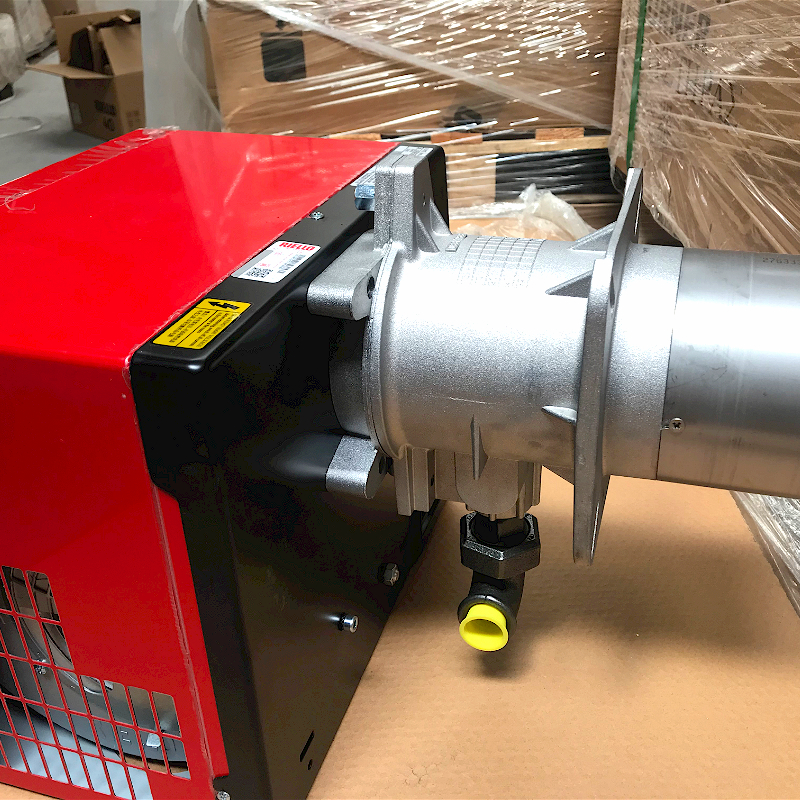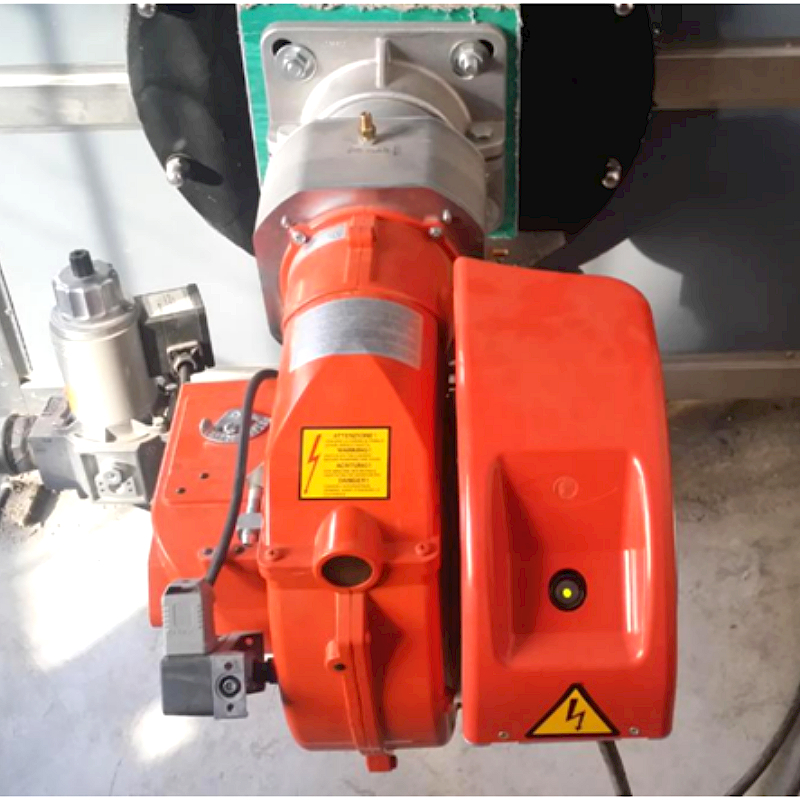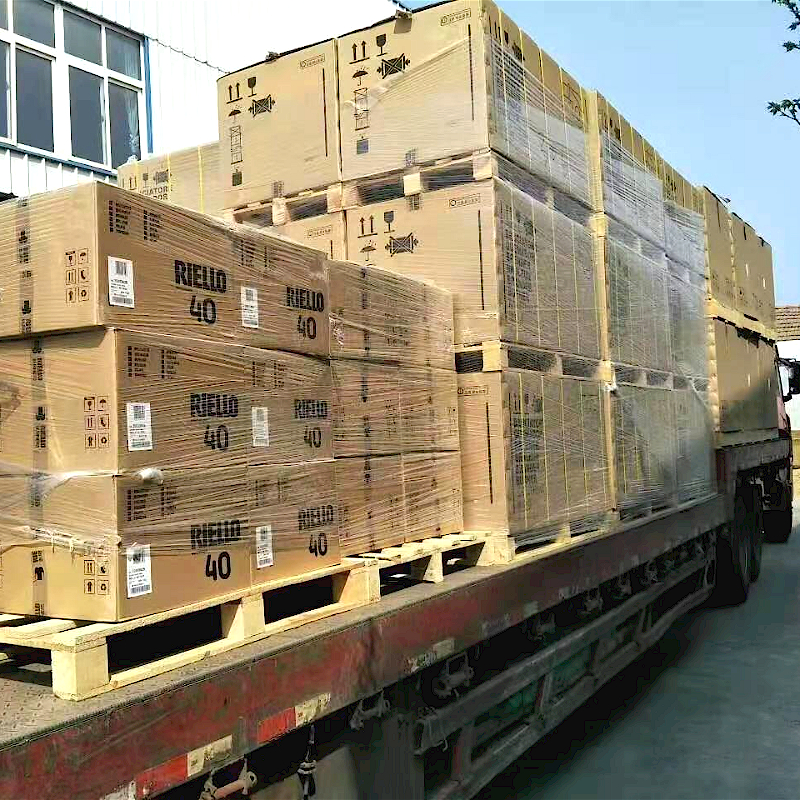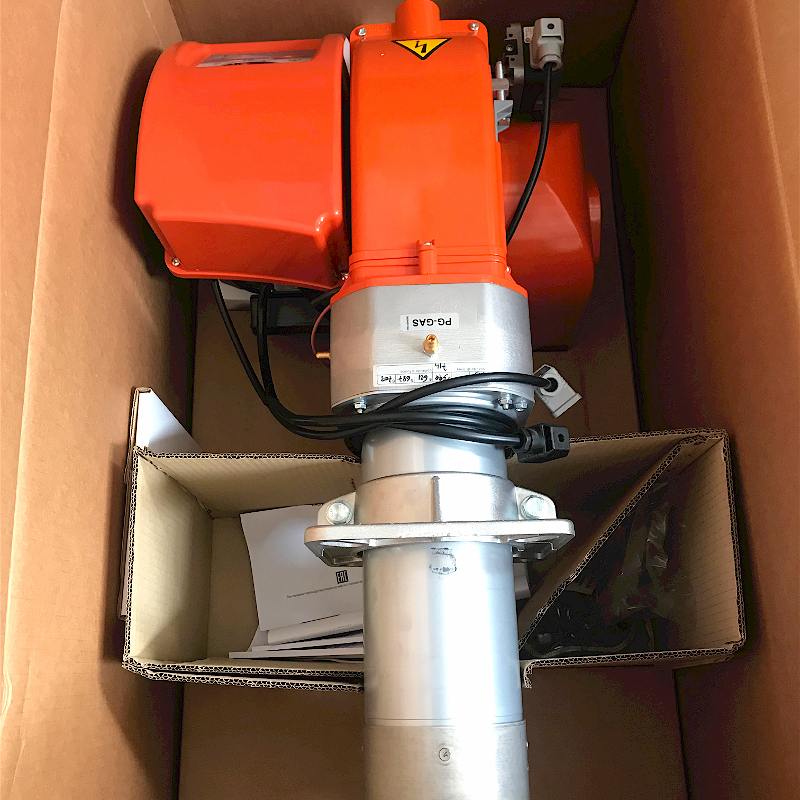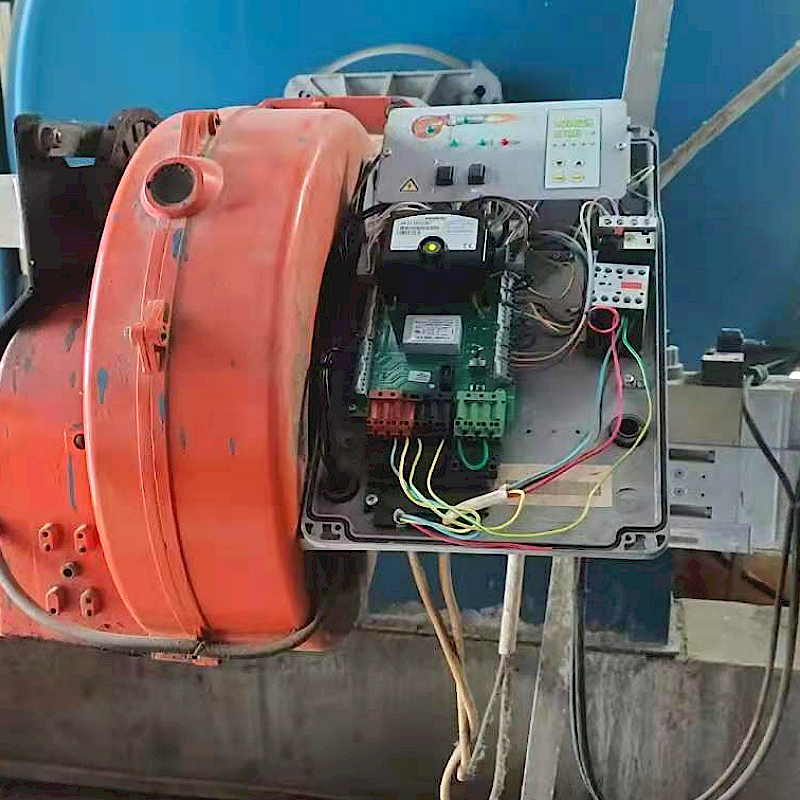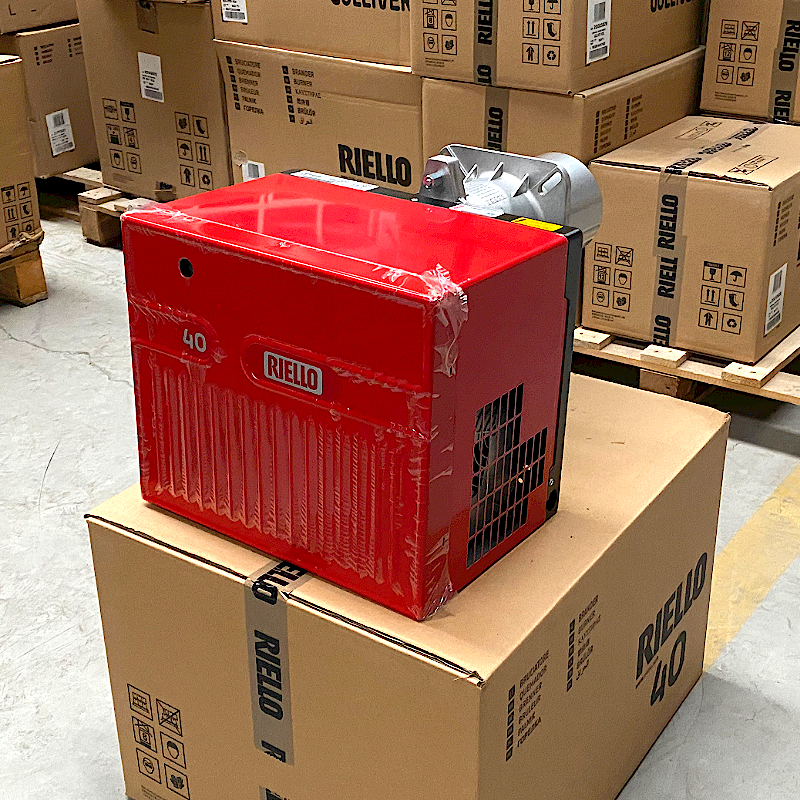In the field of industrial production, the effective conversion and utilization of energy is the key factor to improve production efficiency, reduce costs and reduce environmental impact. As an important equipment for converting fuel energy into heat energy, the design, operation and maintenance of industrial combustion system are very important for the efficiency and safety of the whole production process. A deep understanding of the components of industrial combustion system can help us to better optimize energy use, improve combustion efficiency, and ensure the safety and environmental protection of production process. This paper will discuss in detail which parts the industrial combustion system consists of in order to provide valuable reference and insight.
What parts does the industrial combustion system consist of?
- Burner
Burner is the core component of industrial combustion system. Its function is to mix fuel with air and ignite it to generate the required heat energy. The design of burner must ensure the full combustion of fuel to improve thermal efficiency and reduce harmful emissions. Modern burners are usually equipped with advanced control systems, which can automatically adjust the supply of fuel and air according to load changes to maintain a good combustion state.
There are various types of burners, including gas burners, liquid burners and dual-fuel burners, which are designed according to different fuel types and combustion requirements. The key components of the burner include nozzle, combustion head and ignition device. The nozzle is responsible for spraying the fuel in an appropriate atomized form to facilitate mixing with air; The combustion head is responsible for forming a stable combustion area; The ignition device is used to ignite the mixture of fuel and air.
- Fuel supply system
The fuel supply system is responsible for transporting fuel from the storage point to the burner. For different fuel types, such as natural gas, liquefied petroleum gas or kerosene, the design of this system will be different. It usually includes fuel storage tanks, pipelines, valves and metering equipment. In order to ensure the continuity and safety of fuel supply, this system also needs to be equipped with necessary safety devices, such as leak detector and emergency cut-off valve.
- Air supply system
A large amount of air is needed in the combustion process to support the complete combustion of fuel. The air supply system includes blower, air filter and regulating valve, which work together to provide the required air flow. The air filter is used to remove impurities in the air to protect the burner and improve the combustion efficiency. The regulating valve is used to adjust the air flow according to the combustion demand.
- Control system
The stability and efficiency of industrial combustion system largely depend on its control system. The control system monitors the combustion process through various sensors, such as flame temperature, pressure and oxygen content, and adjusts the supply of fuel and air according to these data. In addition, the control system also includes an emergency stop function to deal with possible safety problems.
- Ignition system
Ignition system is the key to start the combustion process. It usually includes an ignition transformer, an ignition electrode and an ignition controller. The ignition system must be able to ignite the mixture of fuel and air reliably under various environmental conditions to ensure the smooth combustion process.
6, smoke exhaust system
The waste gas produced by combustion needs to be discharged through the smoke exhaust system. This system includes flue, chimney and exhaust fan, which work together to ensure the smooth discharge of exhaust gas. The design of smoke exhaust system must consider the temperature, pressure and composition of exhaust gas to ensure its safe and effective operation.
- Heat exchanger
Heat exchanger is a device used to transfer heat energy in industrial combustion system. It is usually located at the outlet of the burner and transfers the heat generated by combustion to the medium to be heated, such as water in the boiler. The design and material selection of heat exchanger are very important for improving thermal efficiency and prolonging equipment life.
- Safety devices
Safety is the primary consideration in the design of industrial combustion system. Safety devices include flame monitors, pressure switches, temperature sensors, etc. They are used to monitor the combustion process and ensure its operation in a safe range. When an abnormal situation is detected, these devices can automatically cut off the fuel supply and prevent accidents.
9, auxiliary equipment
Auxiliary equipment includes fuel filters, valves, pipes and insulation materials, which support the stable operation of the combustion system. Fuel filters are used to remove impurities in fuel, valves are used to control the flow of fuel and air, and pipes and insulation materials are used to transport fuel and air while reducing heat loss.
As the key link of energy conversion in industrial production, through the in-depth analysis of which parts the industrial combustion system consists of, we can see that the system is mainly composed of burner, fuel supply system, air supply system, control system, ignition system, smoke exhaust system, heat exchanger, safety device, auxiliary equipment and emission control system. These components work together to ensure efficient fuel combustion, control pollutant emissions, improve energy efficiency, and ensure production safety and environmental protection.

